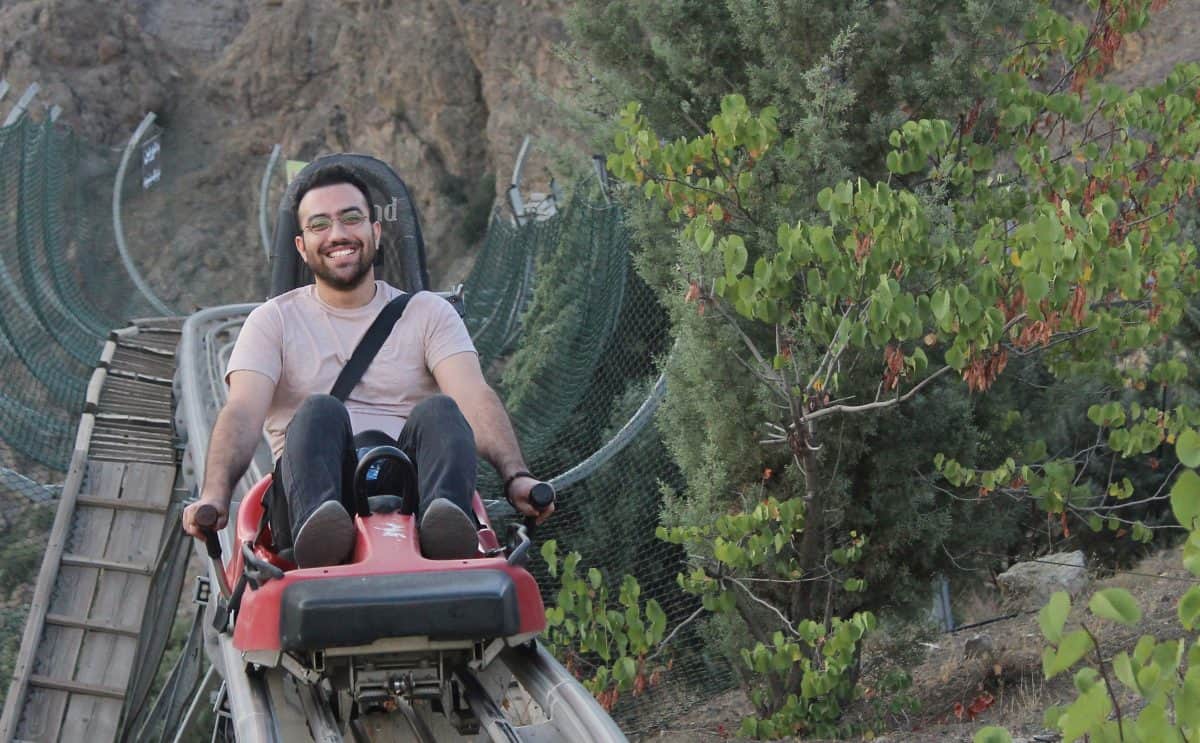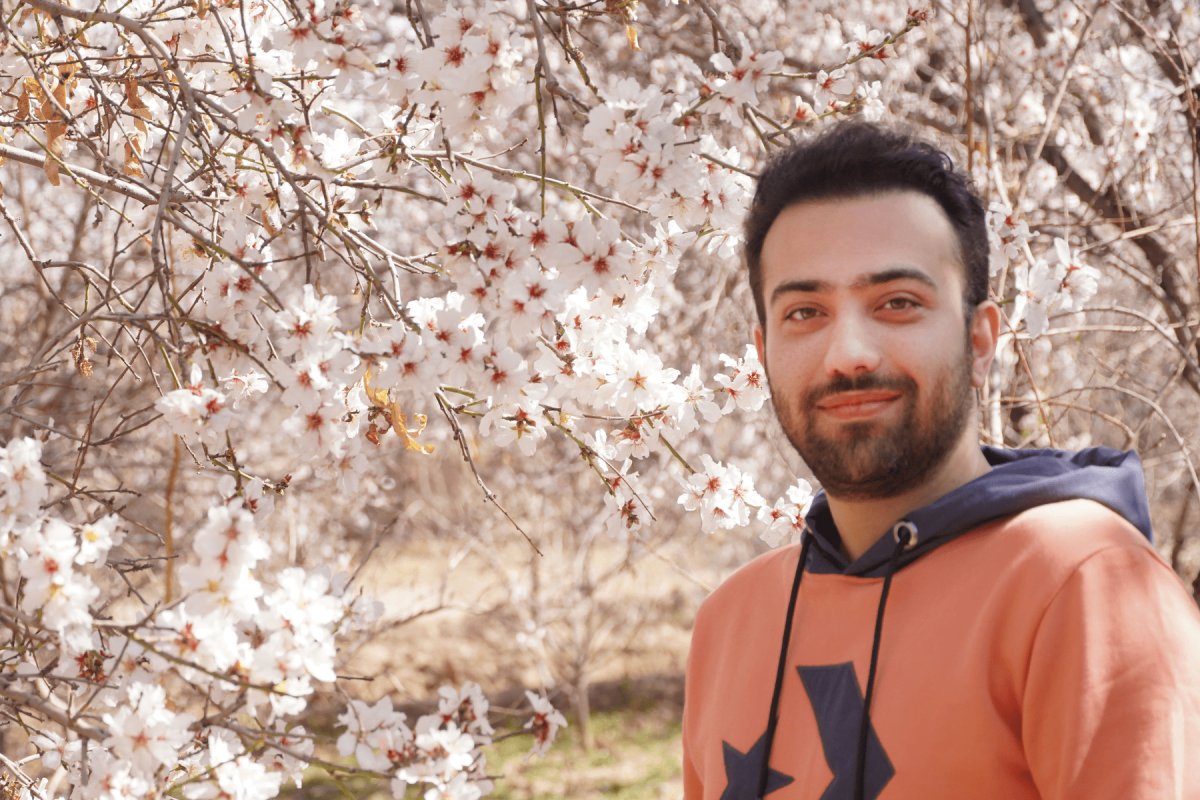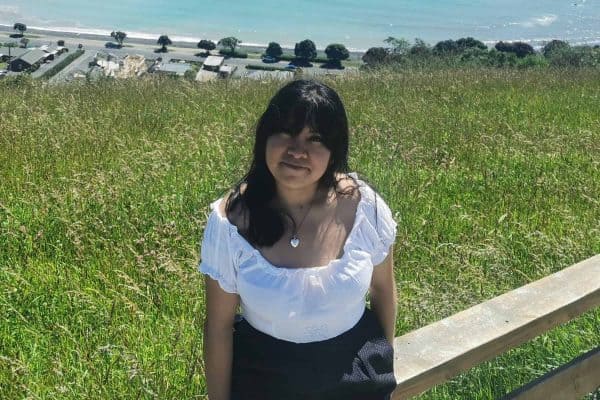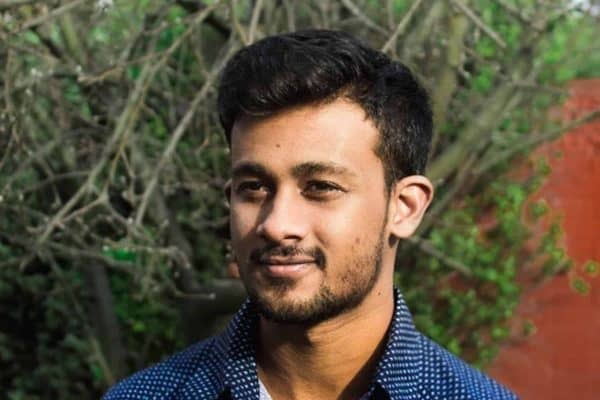Post-Earthquake Decision Criteria for Steel Buildings
I am from Tehran, Iran. I received my Bachelor’s degree in Civil Engineering from Shiraz University, Shiraz, Iran, and my Master’s degree in structural and earthquake engineering from Sharif University of Technology, Tehran, Iran. I enjoy teaching. Transferring my knowledge and seeing students grow, brings me joy. That is why I was a lecturer at Khazar University, Baku, Azerbaijan for three years. The wonderful experience of working in academic atmospheres, along with my passion for research, led me to pursue a PhD in Civil Engineering. I first met my supervisor, Professor Gregory MacRae, at an international conference held in Tehran and we agreed to work together on this project after a friendly discussion. The interesting thing about this project is that it seeks to solve a real problem in the construction industry, particularly in seismic areas. I also like to swim, watch movies, do group activities, and above all of them, I love nature because it reminds me to be thankful for living in this beautiful world.

My Project
After an earthquake, elements within structures experience different deformations. Sometimes they are small, while sometimes the elements have severely failed. In many cases, when there is some damage, it is not clear how much more damage the element within the structure can sustain. This lack of knowledge can make it difficult to make reasonable decisions about the acceptable future use of such elements. Such decisions need to reflect the degree of safety involved in leaving the element in place given the likelihood of further earthquake shaking within the expected life of the structure. Since the cost implications of these decisions are significant, they should be based on the best science available.
The main question that this project seeks to answer is, for the structure as a whole, considering the number of elements damaged, the extent of damage, and the cost of replacing some of elements or the whole structure, whether to:
- leave the structure as is
- repair the damage (somehow), or
- replace the structure
The need for such work has been emphasized by a number of groups in New Zealand including QuakeCoRE and Resilience to Nature’s Challenges (RNC). The RNC has kindly agreed to fund the project.
The work will involve:
- familiarization of the modelling of simple elements using the available techniques, and quantifying the complexities, uncertainties, and sensitivities of these approaches
- calibration of the approaches with experimental information.
- in conjunction with the Heavy Engineering Research Association (HERA), modelling of likely candidate connections for further evaluation which are simple and will make a significant beneficial impact on New Zealand industry
- development of curves and design approaches
My supervisors guiding me through this journey are Professor Gregory MacRae (University of Canterbury), Professor Liang-Jiu Jia (Tongji University), and Professor Abdoreza S. Moghadam (Iran International Institute of Earthquake Engineering and Seismology).
Next Steps
This project will result in better pre-earthquake and post-earthquake decisions about specific structural details. It will help people make better decisions about building and bridge design so that these structures will not collapse and kill people but will also last as long as possible. This will contribute to a more sustainable world with less waste which is suitable for future generations.




